
Depending on the context, a good shooting rest could be a tripod, a couple of shooting bags, or even your best hunting backpack. Some serve as a steady prop in the field, while others are designed for precision shooting and tuning at the range. Whether you just need a pair of sticks or a shooting rest that does everything but pull the trigger, there are plenty of options for hunters and shooters.
In this review, we tried to cover rests that fit a wide variety of hunting and shooting scenarios. You’ll find everything from bipods to heavy sled rests to good ol’ sandbags. We might not have covered your favorite option here, but MeatEater’s resident firearms expert Jordan Sillars and I teamed up to test and review some of the best shooting rests available.
What Makes a Good Shooting Rest
- Intuitive Adjustments
- Secure Fit
- Versatility
For sled-style rests or even high-end tripods, a shooting rest should allow you to make quick adjustments without encumbering the shooting process. These might include tweaks to your windage, elevation, or even pivoting the head on a tripod. While you might have to break your shooting position at the bench, the best shooting rests will allow you to stay on target while making necessary adjustments.
Whether you’re shooting from a bench rest or in the field, you need a steady rest. Otherwise, you’re better off shooting from your backpack. Rests that clamp your rifle into place make the sighting-in and tuning process smooth. Even if you’re shooting from bags, you shouldn’t have to worry about your rifle straying.
No matter what budget you have, you should get the most bang for your buck. If you can find a rest that allows you to properly sight in your rifle and make quick, steady shots in the field, you can’t really ask for much more. Of course, “versatility” for a bench rest will look a lot different from a versatile hunting tripod. Regardless, make sure you opt for a rest that fits your specific shooting needs.
The Shooting Rests We Tested and Reviewed
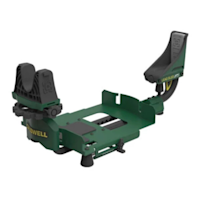 Caldwell Lead Sled DFT3
|
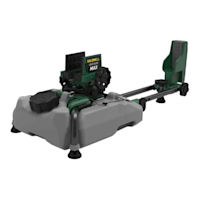 Caldwell Lead Sled Max
|
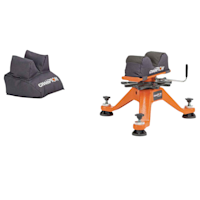 Champion Tri Stance
|
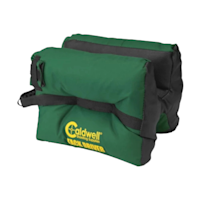 Caldwell Tack Driver
|
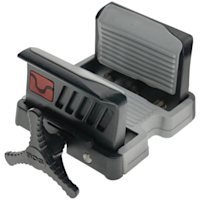 BOG Deathgrip UltraLite Rest + Infinite Carbon Tripod
|
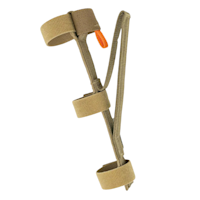 FHF Gear TAC MTN Rifle Rest
|
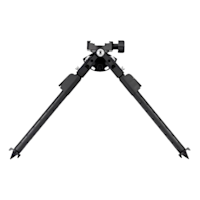 MDT CKYE-POD
|
|
|---|---|---|---|---|---|---|---|
| Highlight | Best Sled-Style Rest | Most Versatile Bench Rest | Best Value | Best Budget | Best Rest-Tripod Combo | Best Ultralight | Best Hunting Bipod |
| Pros | Excellent recoil reduction, Easy to adjust, Accommodates everything but a punt gun | Covers most shooting applications, Great recoil reduction thanks to weight, Intuitive windage, elevation adjustments, Non-marring material in cradles | Budget friendly, Small footprint, Requires good shooting habits | Budget friendly, Portable, easy to keep in trunk, X shape snugs firearm down | Durable, Super stable, Adapts to various shooting positions, Works with any rifle | Affordable, Ultralight, Versatile | Tons of adjustment, Lightweight yet durable |
| Cons | Pricey, Rear cradle is a bit wide for some guns | Expensive, Heavy, Elevation wheel requires effort to turn | Lacks stability of sled | No rear bag | Pricey, Tad heavy | Minimal support compared to bi/tripods | Expensive |
| Price | $259.99* | $299* | $92.99* | $48* | Deathgrip: $98.99* / Tripod $494.99* | $40* | $699.99* |
| Field Notes | Field Notes | Field Notes | Field Notes | Field Notes | Field Notes | Field Notes |
Field Notes from the MeatEater Crew
Range Rest
Best Sled-Style Rest
I’ve been using a Lead Sled Solo for as long as I’ve been reviewing rifles. It’s a great tool for taking myself out of the accuracy equation, and I like the ability to dampen recoil a bit during a long day of shooting magnum cartridges.
But if the Lead Sled Solo is like the Honda Civic of rifle rests, the Lead Sled DFT is like a Bentley. It features a ton of space to add recoil-reducing weights (a 35 lb. barbell weight fits perfectly), and it’s infinitely adjustable. The entire unit can be extended for longer rifles, and the front and rear cradles are large enough for even the beefiest firearms.
All Lead Sleds allow you to use a lever gun or AR-15 with a 30-round magazine, but what I really like about the DFT is how easy it is to adjust. Both the rear and the front can be adjusted up and down to get a perfect point of aim, and the front adjustment wheel allows you to be incredibly precise. The front rest can also be adjusted from side to side; you don’t have to wrestle the entire unit left or right to change targets. All of this makes it easy to switch from one rifle to the next as you allow barrels to cool between shot strings.
If I have a gripe, it would be with the rear cradle. It’s extremely wide, and the base is long. This is great if you’re shooting an F-Class rifle with a wide buttstock. But with a smaller rifle, the rear cradle allows a fair amount of wiggle that can make the gun feel less secure.
Pros
- Excellent recoil reduction
- Easy to adjust
- Accommodates everything but a punt gun
Cons
- Pricey
- Rear cradle is a bit wide for some guns
Range Rest
Most Versatile Bench Rest
The Lead Sled Max offers shooters a ton of versatility in one package. The removable reservoir allows you to reduce the amount of felt recoil considerably (Caldwell claims that it reduces it by 95%). Even if you’re not worried about punishing recoil, you simply remove the reservoir, and you essentially have a heavy-duty version of the Stinger, but with more adjustability. The third configuration provides a more traditional forend rest that allows the user to be more involved in the shooting process.
Rubber pads on the front legs provide plenty of stability, as does the rear rubber foot that pivots. I’m a huge fan of the controls on the Lead Sled Max, which turn easily and lock firmly in place. However, while testing it at the range, I found the large, front elevation wheel requires a good bit of effort to turn. Otherwise, I was able to make quick adjustments without breaking my shooting position in the sled.
I also like that you can make micro adjustments to the rear cradle, which moves the stock side to side. That way, you don’t have to move the entire sled if you need to change targets or get back on between shots.
While the Lead Sled Max isn’t cheap ($299), you basically get three rests in one, and the removable reservoir eliminates the need to haul around extra bags that other rests require. If you want a do-it-all rest, consider the Lead Sled Max a worthy investment
Pros
- Covers most shooting applications
- Great recoil reduction thanks to weight
- Intuitive windage, elevation adjustments
- Non-marring material in cradles
Cons
- Expensive
- Heavy
- Elevation wheel requires effort to turn
Range Rest
Best Value
The Tri Stance rest from Champion is a simple and sturdy option for hunters who need a reliable rest. For sighting in a rifle or regular practice at the range, this rest is hard to beat. Other than the bright orange coat, there’s nothing flashy about it. I’ve been using a similar model for years, and it’s one of the best shooting rests for the money. It has a simple elevation wheel, which I found turns easy and doesn’t stray. It also gives you a few inches of adjustment and a single rear V bag. The elevation wheel turns smoothly, so that you can adjust it without breaking your shooting position. The three legs are sturdy, yet easy to maneuver for quick adjustments.
As you can see in the picture, the front bag came a bit deflated out of the box, but you can remedy this by adding your filler of choice. Otherwise, I have no complaints with what the Tri Stance offers at this price point. For around $70, it’s one of the best shooting rests for hunters on a budget, and it should give you years of reliable service.
Pros
- Budget friendly
- Small footprint
- Requires good shooting habits
Cons
- Lacks stability of sled
Range Rest
Best Budget
For $30, Caldwell’s Tack Driver offers hunters and shooters a relatively versatile shooting rest at a budget-friendly price. To be honest, the Tack Driver is just another shooting bag. I’ve used a ton of shooting bags, and they all pretty much function the same. However, the Tack Driver’s X design naturally snugs your rifle down while you’re shooting from the bench and provides a sturdy prop.
I’m a huge fan of the design, which makes it easy to wedge over a shooting house rail or bench. While it’s a bit heavy for in-the-field use, I’ve used it in a variety of shooting positions, and the carry handle makes it easy to lug around. Because it’s so affordable, you can throw the Tack Driver in your truck and forget about it. That way, you’ve always got a rest on hand.
Pros
- Budget friendly
- Portable, easy to keep in trunk
- X shape snugs firearm down
Cons
- No rear bag
Field Rest
Best Rest-Tripod Combo
There are other vice-style rifle rests on the market, but none offer more bang for your buck than DeathGrip Ultralite from BOG. Paired with an Infinite Carbon Fiber tripod, this is one of my favorite setups when I need to secure a rifle in a tripod, but the firearm doesn’t have an arca-swiss rail.
The DeathGrip features beefy, rubberized knobs that allow you to cinch the vice tight and ensure the rifle isn’t going anywhere–whether you’re shooting a light hunting rifle, an AR-style firearm, or a heavy, magnum gun. The all-metal base on my Ultralite can be attached to any Arca-Swiss tripod, but other models with the universal mounting system are compatible with 1/4 -20 or 3/8”-16 mounting studs or switcheroo systems. The inside of the vice itself features rubber on the sides and bottom to ensure a snug fit even in wet conditions.
The DeathGrip can be attached to most tripods, but you’ll have a tough time beating the new Infinite Carbon Fiber tripod from BOG. It’s a little heavier than other carbon fiber tripods at 6 pounds, 9 ounces, but what you lose in weight savings you make up in stability. Like the DeathGrip, the Infinite tripod features large, rubberized knobs and grips, and the rubber feet can be converted into metal spikes. The legs can also be quickly adjusted between 20, 45, and 85 degrees to allow for quick height adjustment in virtually any shooting position. The ball head also allows for 360 degrees of rotation and 180 degrees of tilt, which ensures a level shot no matter what the terrain throws at you.
The one downside of the system is the weight. I’m not sure I would want to carry it for miles and miles, but it’s perfect for a short hike to a deer blind or a coyote calling spot.
Pros
- Durable
- Super stable
- Adapts to various shooting positions
- Works with any rifle
Cons
- Pricey
- Tad heavy
Field Rest
Best Ultralight
You know when you’re walking through the woods and think, “If I see something, I sure hope I can find a convenient tree branch to rest my rifle”? Maybe it’s just me, but I don’t think I’m alone. If you ever find yourself in that situation, you’ll want to be sure to have a TAC MTN Rifle Rest from FHF Gear.
This is your ideal rest if you want to give yourself options for stabilizing a rifle, but you can’t afford to add more weight to your pack. The system is super simple. Three straps allow you to attach the Rifle Rest to a small tree, tripod, trekking pole, or fence post–anything with a diameter of about 1.5 inches. The anti-slip backing ensures the rest won’t work itself towards the ground, and the cradle is built using aluminum and military-grade nylon webbing.
The most likely use case, and the one featured in FHF Gear’s promotional material, is to attach the Rifle Rest to a tripod, which gives you an elevated shooting position even when you’re using the tripod for glassing. But I can also see this coming in handy on a trekking pole if you’re trying to cover open ground and don’t want to be weighed down with a tripod, or if you’re posted up in a stand of trees and don’t see a handy branch at the right height. It’s the kind of all-around handy piece of kit that can be useful in many scenarios, and at 1.7 ounces, it won’t cost you anything to add to your pack.
Pros
- Affordable
- Ultralight
- Versatile
Cons
- Minimal support compared to bi/tripods
Field Rest
Best Hunting Bipod
It’s tough to make a good all-around hunting bipod. If it’s ultra-lightweight, it’s probably not very durable. If it’s lightweight and durable, it might not be versatile; and if it’s versatile and durable, it’s probably heavy. The CKYE-POD from MDT isn’t perfect, but I think it does a better job than any other lightweight bipod at balancing those competing priorities.
At just 15.7 ounces, the single-pull model I have is no trouble to carry on the rifle. The double-pull model is a little heavier, as are versions with the ARCA and picatinny-compatible BTC mount, but not by much. I’ve been using this bipod for several years now, and it’s held up perfectly thanks to its anodized aluminum body and titanium fasteners.
What’s more, the CKYE-POD is also incredibly versatile. The legs offer five inches of extension and can be locked in at six height settings by pulling downward; raising them requires the simple push of a button. The legs also feature three settings on the horizontal and vertical axes, which allow the bipod to raise the rifle 15 inches at its highest setting and five inches at its lowest. This isn’t quite high enough for seated shots, but it still offers enough flexibility to build a solid shooting position in almost any hunting scenario.
The 170 degrees of cant helps with that as well, as does the 360 degrees of pan in the BTC mount models. I’m also a big fan of the sling stud mounting mechanism. A spring-loaded cross bar locks into the stud, and then the entire unit can be tightened into the forend by twisting the textured knob. I’ve found that even after a long day at the range, the bipod is just as secure as when I started.
Of course, there is one feature the CKYE-POD fails to balance: cost. At $700 for a single-pull and $900 for the double-pull, these shooting sticks cost as much as most hunting rifles. Hunting justifies reliable, durable gear, but some will find that the juice isn’t worth the squeeze. And I get it.
Pros
- Tons of adjustment
- Lightweight yet durable
Cons
- Expensive


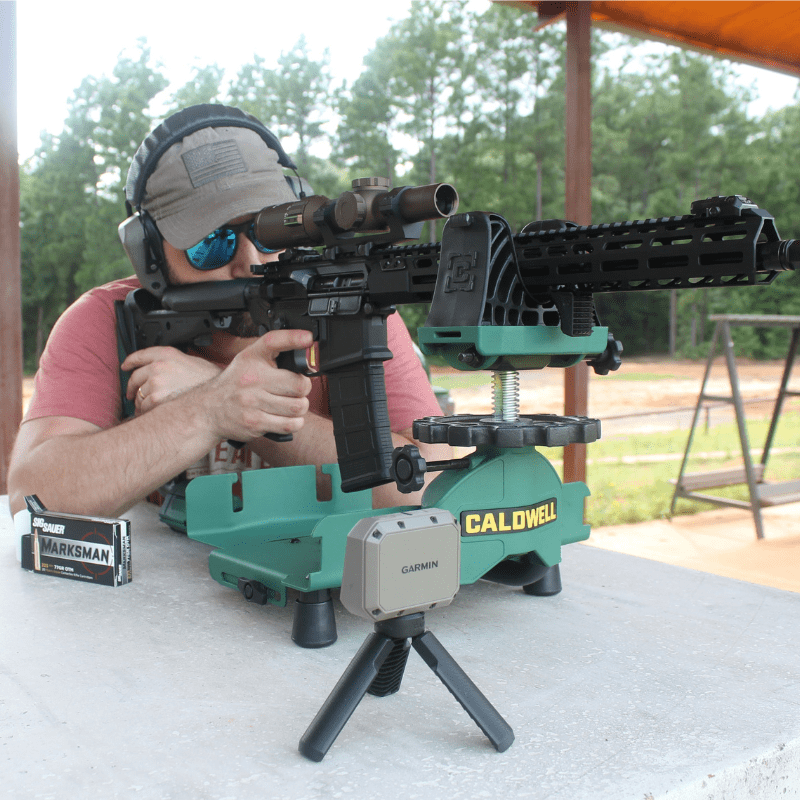
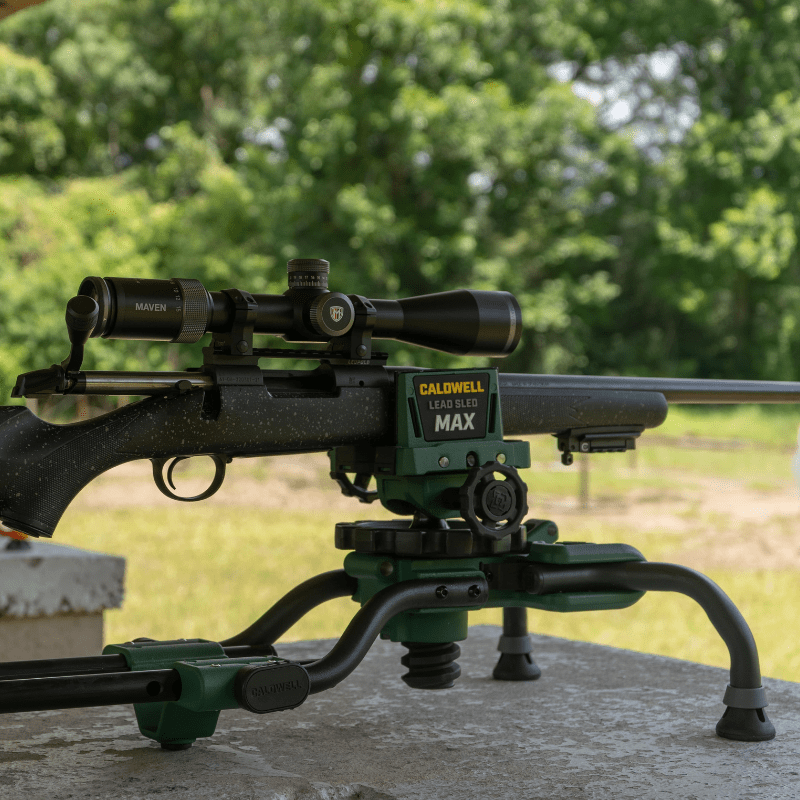
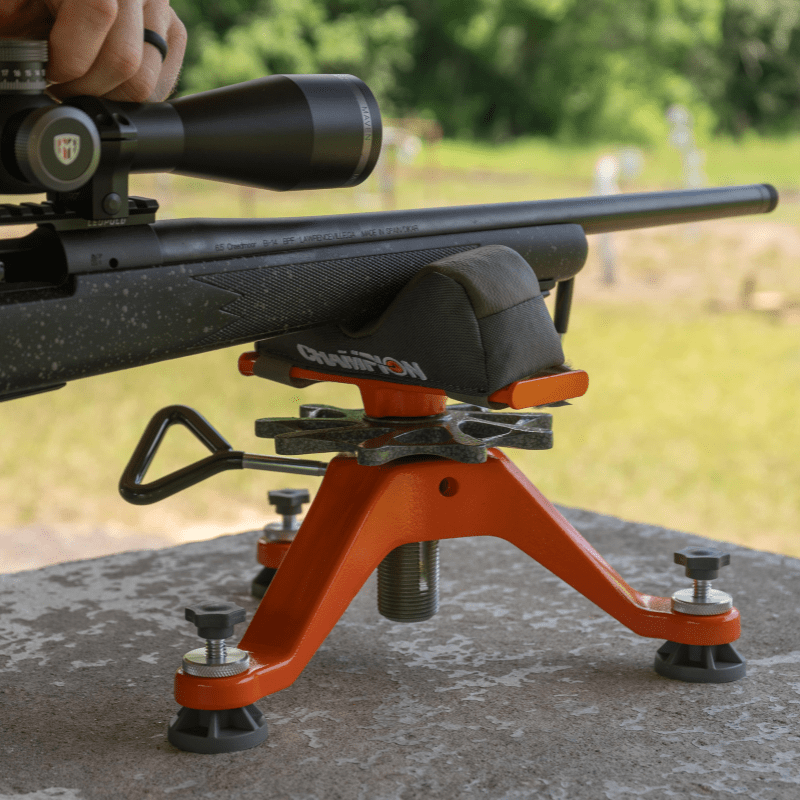
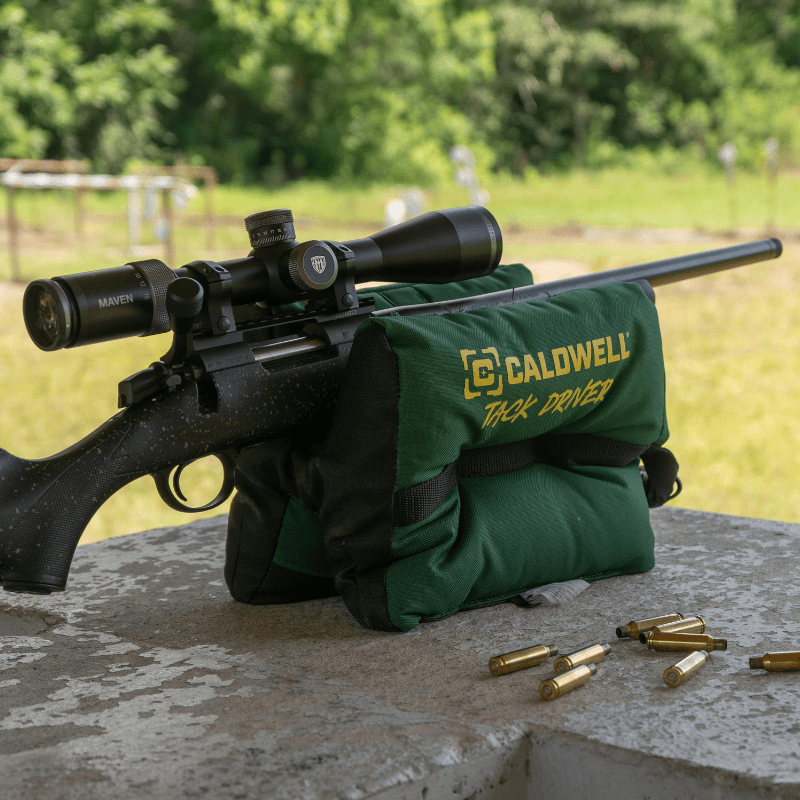
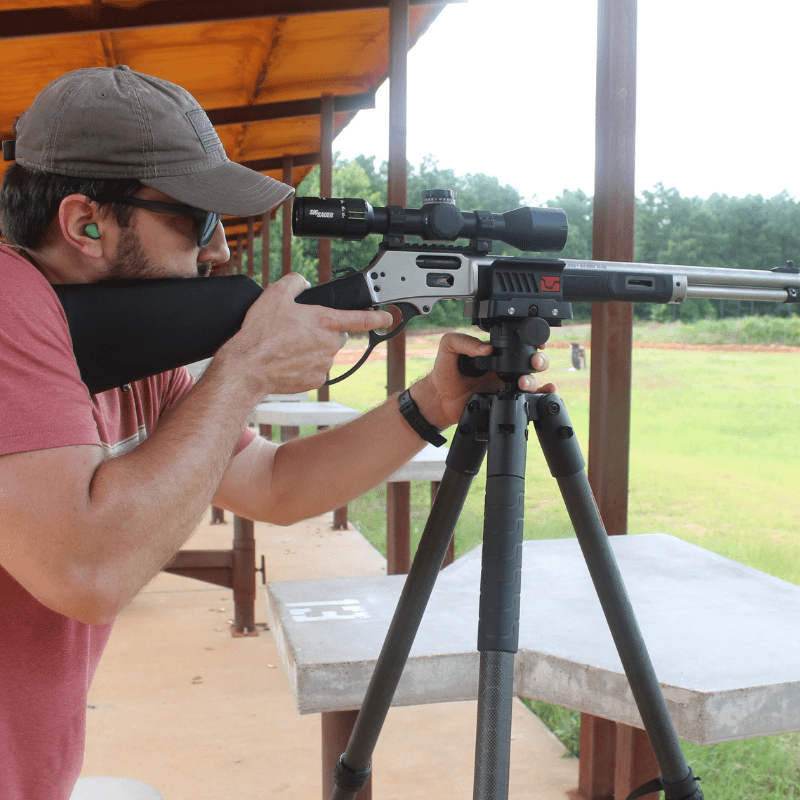
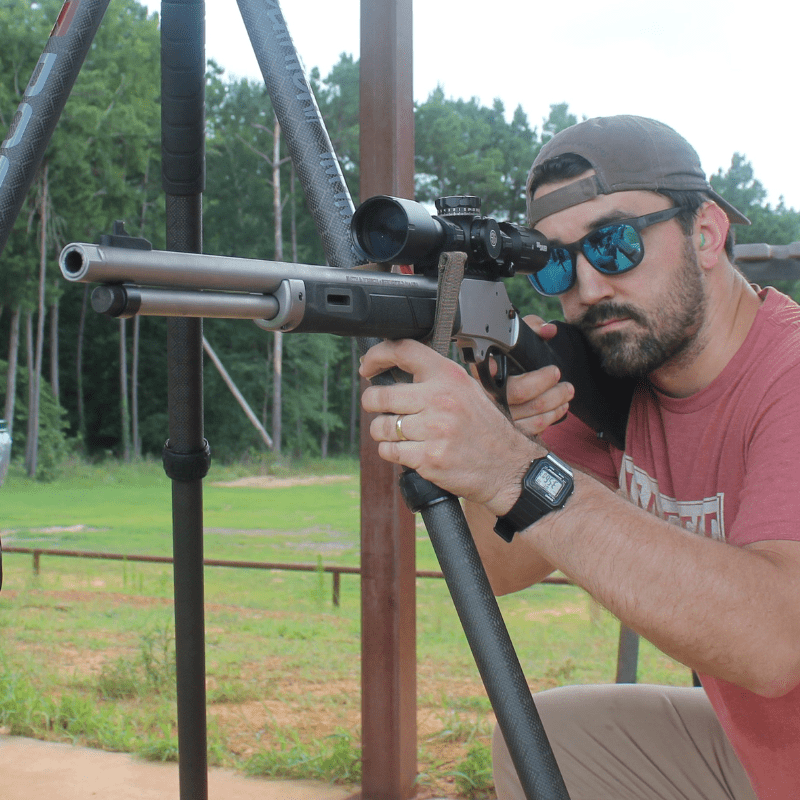
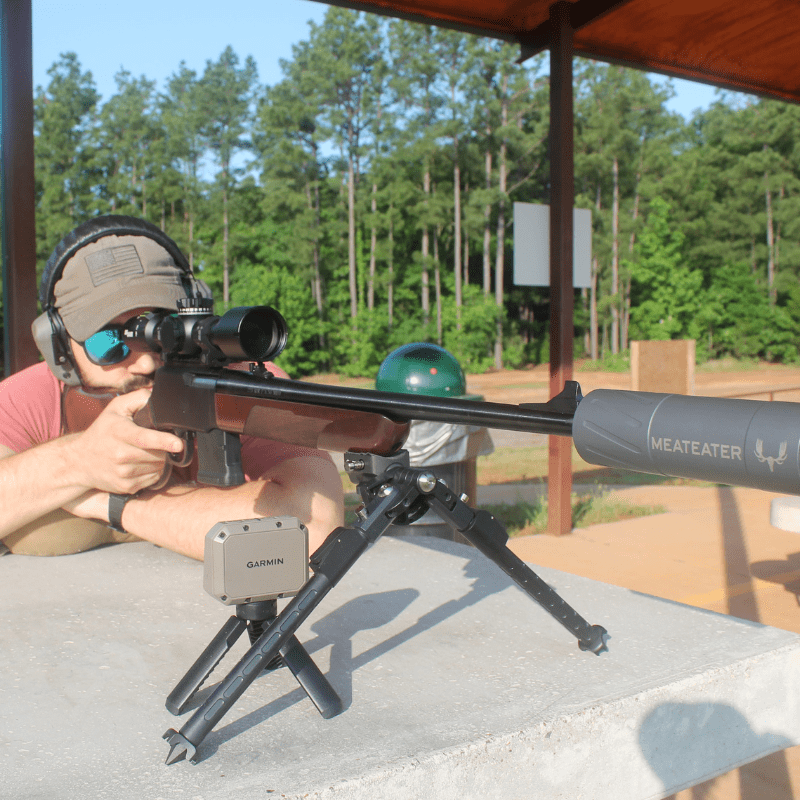



Conversation